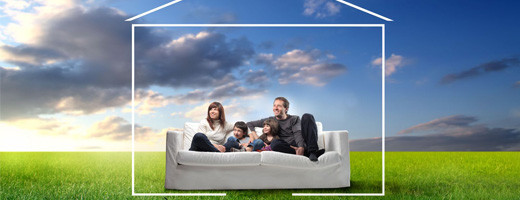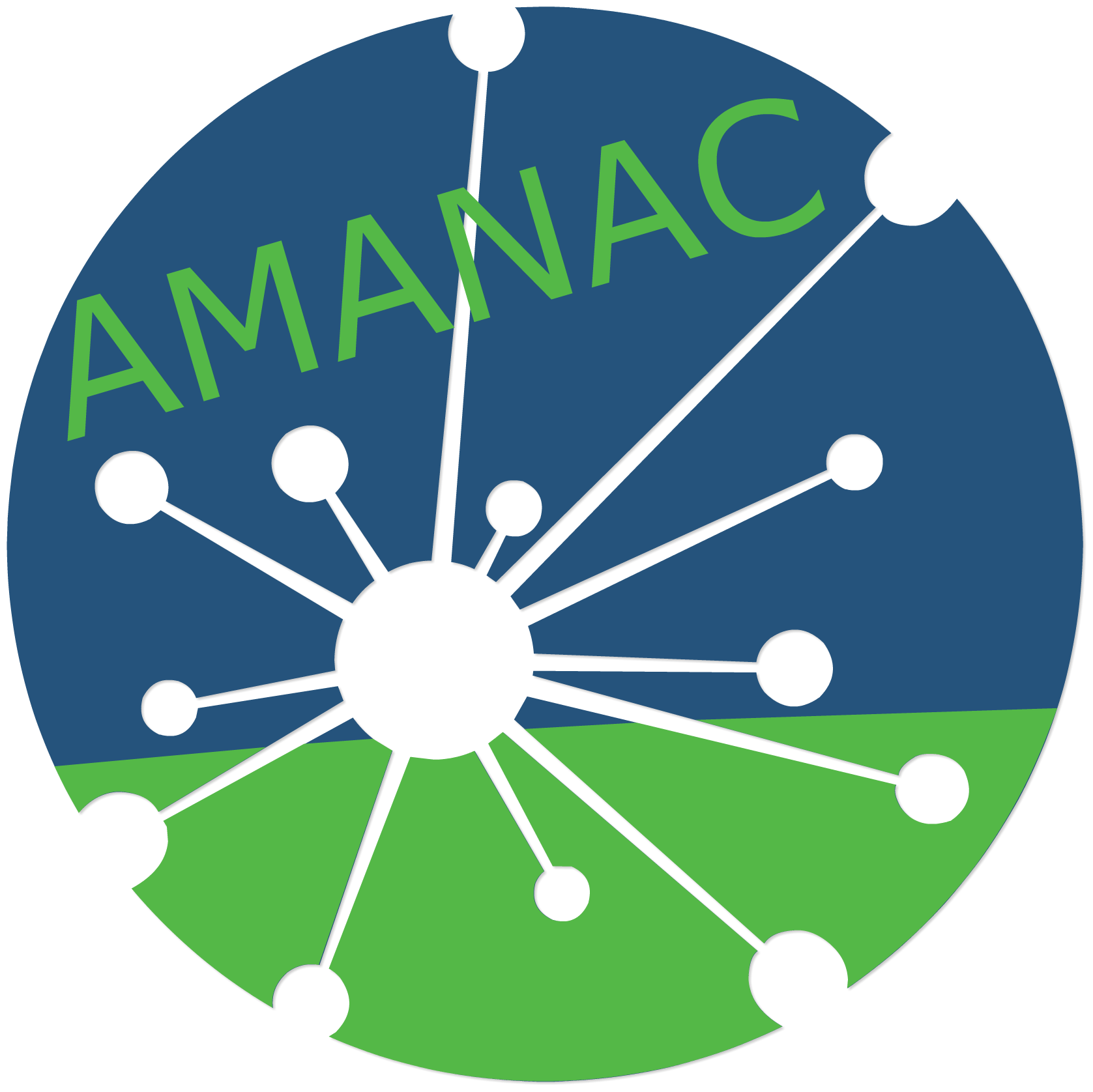
The thematic area “Indoor Environment” refers to nanotechnologies to deliver improved indoor air quality (IAQ), and more broadly better indoor environmental quality (IEQ), in energy efficient buildings. The thematic area currently relates to five (5) European funded projects:
BRIMEE
Cost-effective and sustainable Bio-Renewable Indoor Materials with high potential for customisation and creative design in Energy Efficient buildings
BRIMEE project aims to combine the development of better performing insulation materials for improving buildings energy performance and having as final overall objective a significant reduction of buildings operational energy, in combination with the capability not to emit harmful substances and to act as an absorber for indoor pollutants.
ECO-SEE
The ECO-SEE project aims to address an emerging health problem associated with modern low carbon buildings. Modern buildings have been developed to be very airtight, improving their energy efficiency and reducing their carbon footprint. However, these sealed environments have created unexpected side effects, with research showing that a build-up of potentially harmful chemicals in the air is potentially causing negative impacts on occupants.
H-HOUSE
Healthier life with eco-innovative components for housing constructions
The project aims to develop a number of new building systems suited to a society where environmental awareness and a high degree of living comfort are both required. The concept of the project is to develop new building components for external and internal walls for new buildings and for renovation.

Internal wall-Earth wood composite
Creating functional surfaces of Ultra-High Performance Concrete. Improvement of the surface hydrophobicity optimizing the use of water-repellent agents
OSIRYS
Forest based composites for façades and interior partitions to improve indoor air quality in new builds and restoration
Within OSIRYS proposal a holistic solution for facades and interior partitions will be developed ready to be applied in building retroffiting and new construction by means of the development of forest based biocomposites with different functionalities able to meet the strictest requisites of the Building Code and improve indoor air quality by VOC and microorganisms elimination, increase thermal and acoustic insulation and control breathability of the construction systems.
CETIEB
Cost-Effective Tools for Better Indoor Environment in Retrofitted Energy Efficient Buildings
The main objective of the project is to develop innovative solutions for better monitoring the indoor environment quality and to investigate active and passive systems for improving it. The focus lies on cost-effective solutions to ensure a wide application of the developed systems.
Featured inAMANAC 2nd Newsletter!

